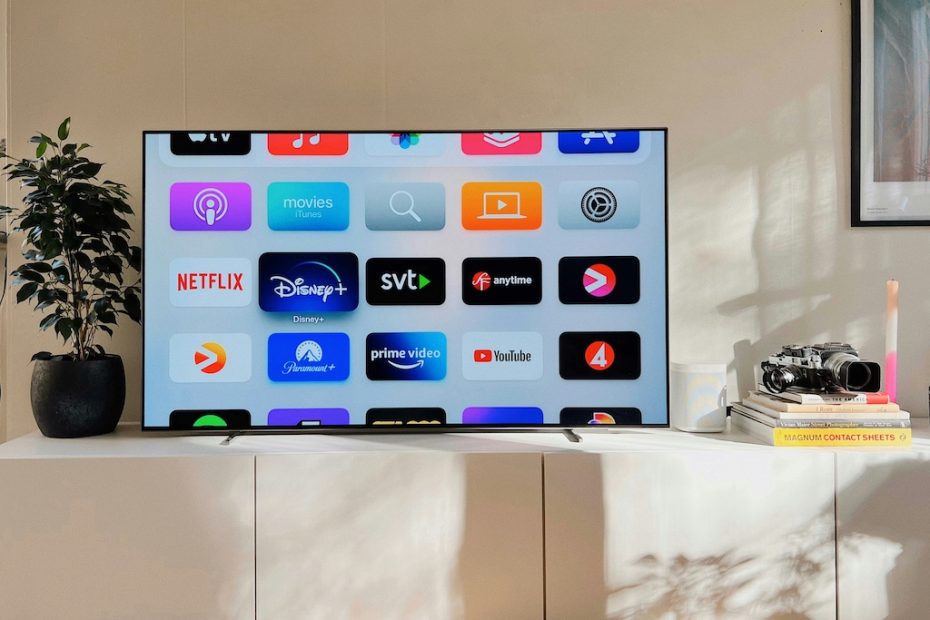DIY Digital Signage has become an increasingly popular solution for small businesses, startups, schools, churches, and even tech-savvy individuals who want to control their digital communication without spending a lot on commercial signage systems.
DIY (Do-It-Yourself) digital signage refers to the process of creating and managing a digital display system using consumer-grade or open-source tools rather than subscribing to a paid enterprise platform. It typically involves assembling your own hardware, using free or low-cost software, and designing your content in-house.
Why do people choose DIY solutions?
The biggest appeal of DIY digital signage is cost-effectiveness. With a basic screen (like a digital signage TV), a media player such as a Raspberry Pi, and free or open-source digital signage software, you can create a functional signage solution at a fraction of the cost of commercial alternatives.
DIY setups also offer flexibility. Users can customize the layout, content, and scheduling without being locked into a particular vendor’s ecosystem. This makes it ideal for businesses that need a very specific type of display experience or want full control over how content is created and shown.
Most DIY digital signage systems mostly include;
- Digital signage screen (TV, monitor, or LED panel)
- Media Player (a Raspberry Pi digital signage project, Android digital signage players, or an old PC)
- Free/open-source software like Xibo, Screenly OSE, or PiSignage
- Cloud storage or local content management
- Internet connectivity (for updates and remote access)
With the right software, users can schedule content, create custom layouts, manage multiple screens, and even display live data feeds or weather widgets.
Challenges of DIY Digital Signage
While DIY setups are budget-friendly, they do require technical know-how. Users must handle setup, maintenance, troubleshooting, and security on their own. Unlike managed platforms, there’s no support team to rely on if something breaks or the screen goes blank.
Content design is another area where DIY users may struggle. Without templates and built-in media tools that commercial platforms offer, creating engaging content can be more time-consuming.
A powerful DIY option: Signage Space
For those looking to avoid technical complexity but still want full control of their digital signage, Signage Space is a standout DIY solution. It’s a cloud-based digital signage platform that simplifies the entire process—from content management to screen deployment.
With Signage Space, there’s no need for specialized player hardware, server management, or complicated software installation. All you need to do is download the free Signage Space Player App (available on the Google Play Store) onto your Android display device. Once installed, connecting your screen to your account is as easy as entering a unique pairing code. After that, the system takes care of everything.
The platform features a web-based content management system (CMS) that allows you to upload, organize, and schedule your media content from anywhere. Playlists are synced to your connected screens in seconds, providing instant updates—even while you’re on the move.
This ease of setup and use makes Signage Space an excellent choice for small businesses, local stores, schools, and anyone starting out with DIY signage. It delivers professional results without the hassle, making digital signage accessible to everyone, even those with zero technical background.
Ready to get started? Sign up for free at Signage Space and launch your first screen in minutes!
